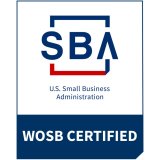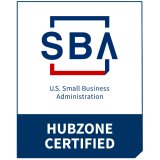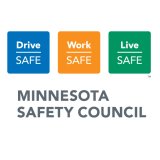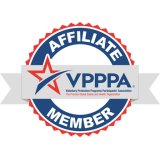How to read an intrinsic safety label
Intrinsic safety certification is a highly involved process that measures the energy risk in a specific device according to each component. CavCom‘s intrinsically safe products are built from the ground up and IS certified. We offer the protection workers need in inherently hazardous work locations.
Manufacturers of products that are certified intrinsically safe must follow strict requirements for recordkeeping and documentation. Companies are inspected by the certifying body on a quarterly basis to ensure continued quality control and compliance. Manufacturers must also provide customers instructions for use of the product in hazardous locations. Lastly, products must be clearly marked with applicable intrinsic safety (IS) ratings. Following is an example of a permanent product label affixed to CavCom‘s intrinsically safe RadioGear® earsets. See key below to better understand IS classifications for North America. Please contact us if you have questions regarding IS certifications or if we can be of assistance.

*Product Intrinsic Safety Ratings
Area Classifications
- Class I: Explosive Gas Atmospheres (flammable gases, flammable and combustible liquid-produced vapors)
- Class II: Explosive Dust Atmospheres (combustible dust)
- Class III: Ignitable Fibers/Flyings (easily ignitable fibers or materials producing combustible flyings)
Exposure Division
- Division 1: Where ignitable concentrations of flammable gases, vapors/liquids, combustible dust, or combustible fibers/flyings can exist all of the time or some of the time under normal operating conditions
- Division 2: Where ignitable concentrations of flammable gases, vapors/liquids or combustible dust are not likely to exist under normal operating conditions; where easily ignitable fibers are stored or handled but not manufactured/used
Hazard Group
- Group A: Acetylene
- Group B: Hydrogen
- Group C: Ethylene
- Group D: Propane
- Group E: Metal dust (Div 1 only)
- Group F: coal (carbonaceous) dust
- Group G: non-conductive dust such as flour, grain, wood, plastic, etc.
Temperature Class/Range
-
Over a dozen temperature classifications; see "Temperature Range" for details on individual product specifications
| Categories: | Communication in Noise, Occupational Noise |






